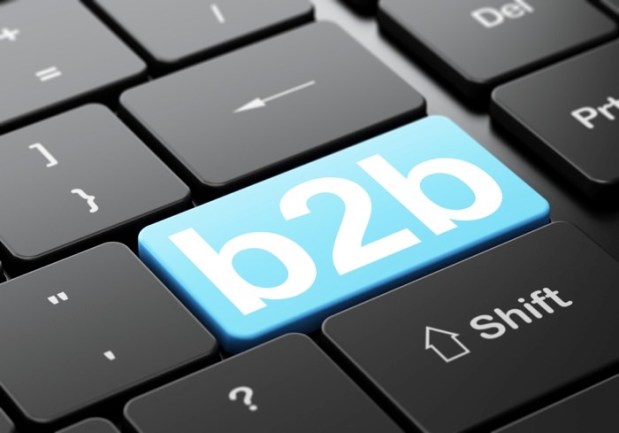New Support For B2B Mirroring B2C

A recent Accenture/SAP Hybris study found that B2B sellers are not fulfilling B2B buyers’ expectations. Here’s what one Accenture executive says is behind the disconnect and how it can be fixed.
When it comes to B2B, sellers would do well to emulate the B2C experience.
That’s among the key findings of a recent study by Accenture Digital, which, in conjunction with SAP hybris, found that 70 percent of B2B revenues come from digital interactions. Yet, the B2B sellers are not addressing the needs of the folks on the other side of the transaction.
Bob Barr, Accenture’s interactive managing director, told PYMNTS that among the biggest roadblocks to successful omnichannel presence is the lack of seamless data flow in B2B between buyers and sellers. “There’s no singular robust channel,” said Barr, where data can be shared between locations and between operations that can be as far-flung as, say, a Web app and a call center representative.
One reason for that lack of connectivity, Barr posited, stems from the fact that B2B tends to have relationships that are forged through one-on-one relationships through sales force representatives and “business is done face to face or over the phone.”
That stands at odds with a culture that is increasingly turning to online avenues to conduct research and transactions across the B2B space. He cited a key finding of the Accenture study: Even for offline purchases, 98 percent of B2B buyers do at least some of their research online.
Key issues, Barr said, can revolve around whether, in this online environment, businesses have what is needed. They must, said Barr, ask, “Do I have the right content online? Is it available to search engines?” Ensuring the right information is in the right place also means that companies must balance spend with the most effective means of communication to ensure buyers get what they need, ranging from pictures to data sheets to searchable functionality on websites, all in an effort to offer the most intuitive experience possible.
“The further back in the supply chain you go — closer to the origin, so to speak — the more likely you are lagging” in a true online and omnichannel experience, said Barr. That is due in part to the fact that, for example, manufacturing products tend to be consumed by larger buyers, but even those products and the buying experience itself need to be differentiated.
Speaking to regional disparity, Barr noted that there is relatively greater incidence of lagging in Asia, and then Europe, in terms of B2B technology adoption.
Though positioning on the supply chain may be indicative of how enterprises embrace B2B, there is also a demographic shift at work that demands that businesses make the shift to a more robust online presence. The corporate buyers, he explained, are increasingly part of the Millennial generation, an 18-to-34-year-old vanguard that has the expectation that the online B2B experience will mirror that of the B2C realm.
The expectation, said Barr, “is that there is complete privacy and transparency and also low prices — and that reaching out to talk to a salesperson is a last resort.”
Such expectation that technology should be easy to use and informative speaks to the need to arrange the data, and Barr said that the “data that exists is across channels and in different places and in many times is not in a form that is consumable … Content online needs to be oriented the same as if it is in a catalog.”
One key finding of the Accenture study, said Barr, is there’s a big disconnect between “what sellers think they need to do and what buyers think sellers need to do in terms of price and payment options.” This latter consideration is especially important in the wake of increased corporate adoption of credit cards or purchasing cards as preferred methods of payment, especially among larger buyers, he added.
